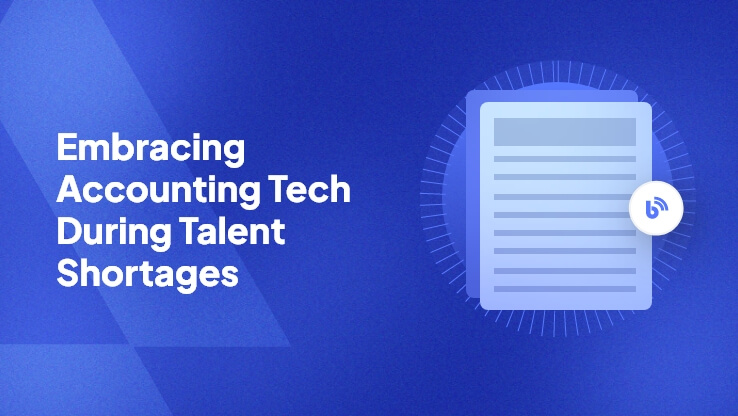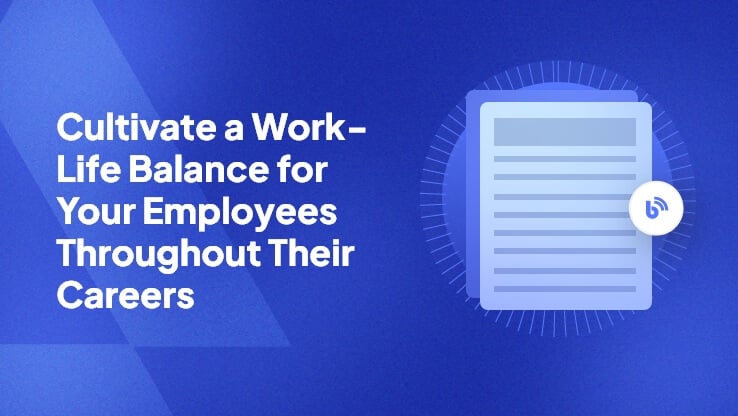We often talk about how we train AI - with data, with models, with human feedback.
But here’s the thing: AI is training us back.
As these tools become more foundational to how we work and communicate, they’re not just responding to us, they’re shaping how we behave. My workflows, my habits, even the way I think about time allocation - all of it has shifted because of how I now use AI.
Here are three ways AI has been retraining my behavior.
1. Changing how I allocate time for work: More setup, less manual execution
Let’s take an example: an AI thought leadership report.
Historically, if I were working on something like this, my time allocation would have looked pretty standard: discovery, reading research and gathering materials, followed by synthesizing and writing. But with AI in the mix, especially using ChatGPT’s custom GPTs and projects, the way I spend my time has significantly changed.
Now, a significant portion of my effort goes upfront into setting up the inputs:
-
Ensuring transcripts are labelled well
-
Organizing discovery notes
-
Writing clear instructions to interpret inputs correctly
Because of this setup, the actual report writing is drastically faster - often done through a first draft generated via AI, and finessed with successive iterations. But that means the time I used to allocate to writing is now spent preparing the system to write well for me.
Behavior shift:
In the beginning, this felt inefficient. I was used to jumping straight into writing, not spending intentional time cleaning up source materials. But I’ve had to retrain my expectations, because...
-
Good prompting needs good data.
-
Good output requires intentional input (or conversely,“garbage in garbage out”).
Now, I approach projects differently—I front-load the work, so my AI collaborator can do what it does best. And overall? I’m still saving time—it’s just redistributed.
2. Talking more, typing less: The rise of voice as a primary interface
I’ve generally defaulted to typing out my thoughts, but since experimenting with ChatGPT’s voice functionality, and later adopting AI-processed voice transcript tool Superwhisper (hey if it’s good enough for Andrej Karpathy, it’s good enough for me), my interaction with technology has become far more voice-oriented.
For any kind of longer-form thinking—emails, outlines, first drafts—I now default to speaking. There’s something fluid about talking through ideas that allows for quicker ideation and more natural flow than typing often does.
Behavior shift:
Where I once would have automatically started typing, my impulse now for longer-form communication, research, or structured thinking is to start talking instead.
It’s become natural enough that when I’m working on a plane or in a coffee shop, I'm annoyed that I can’t just speak my thoughts into my computer the way I do at my desk. (Maybe in five years, that will be the norm. But today, I’m pretty sure I’d just be the weirdo talking to my laptop mid-flight.)
3. Prioritizing machine readability over human readability
For years, I spent time cleaning up documents, making them readable for human eyes: consistent fonts, perfect bullets, tidy headings. But working with AI has shifted that mental model.
Now, in some cases, the primary audience isn’t a human—it’s a machine. And the definition of “readable” has changed. Instead of wasting time on formatting for aesthetics, I focus on:
If it’s going into a prompt, a GPT project, or any AI model, it doesn’t need to be pretty. It needs to be clear and structured.
Behavior shift:
I’ll admit, spending time cleaning up documents and making everything look clean and pretty did satisfy the OCD part of me. There’s still a voice in my head that wants to jump in, fix the formatting, make the bullets match, and tidy up the headings.
But I’ve come to a clear realization: that’s not actually a good use of my time anymore when the main consumer of that content is AI, not a human. Perfect formatting might look nice to me, but it doesn’t serve the purpose of optimizing for machine parsing, data structuring, or effective prompting.
So while the impulse is still there, I’ve trained myself to prioritize clarity over aesthetics - because in the AI-enabled workflows I use today, that’s what actually drives better results.
Final thought: The training is mutual
Yes, we’re training AI. But the real unlock comes when we recognize that AI is also training us back.
The best way I’ve found to become more productive and to expand what’s possible is to treat AI as a true collaborator - not just a tool I use, but a partner that’s reshaping how I approach my work.
Instead of asking, “What can AI do for me?” I’ve started asking:
“How can I change the way I work to get the most out of my AI assistants?”
This mindset shift (rethinking inputs, workflows, and even small daily habits) feels like the way of the future. The more we can lean into this approach, the smoother our transition will be into this new era of AI-fueled workplace productivity.




